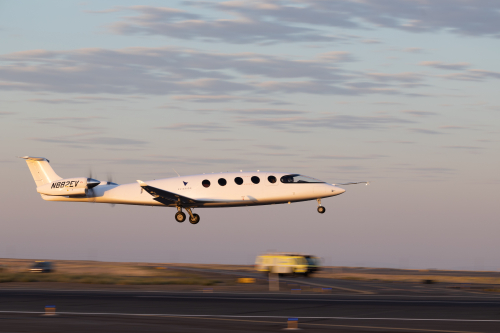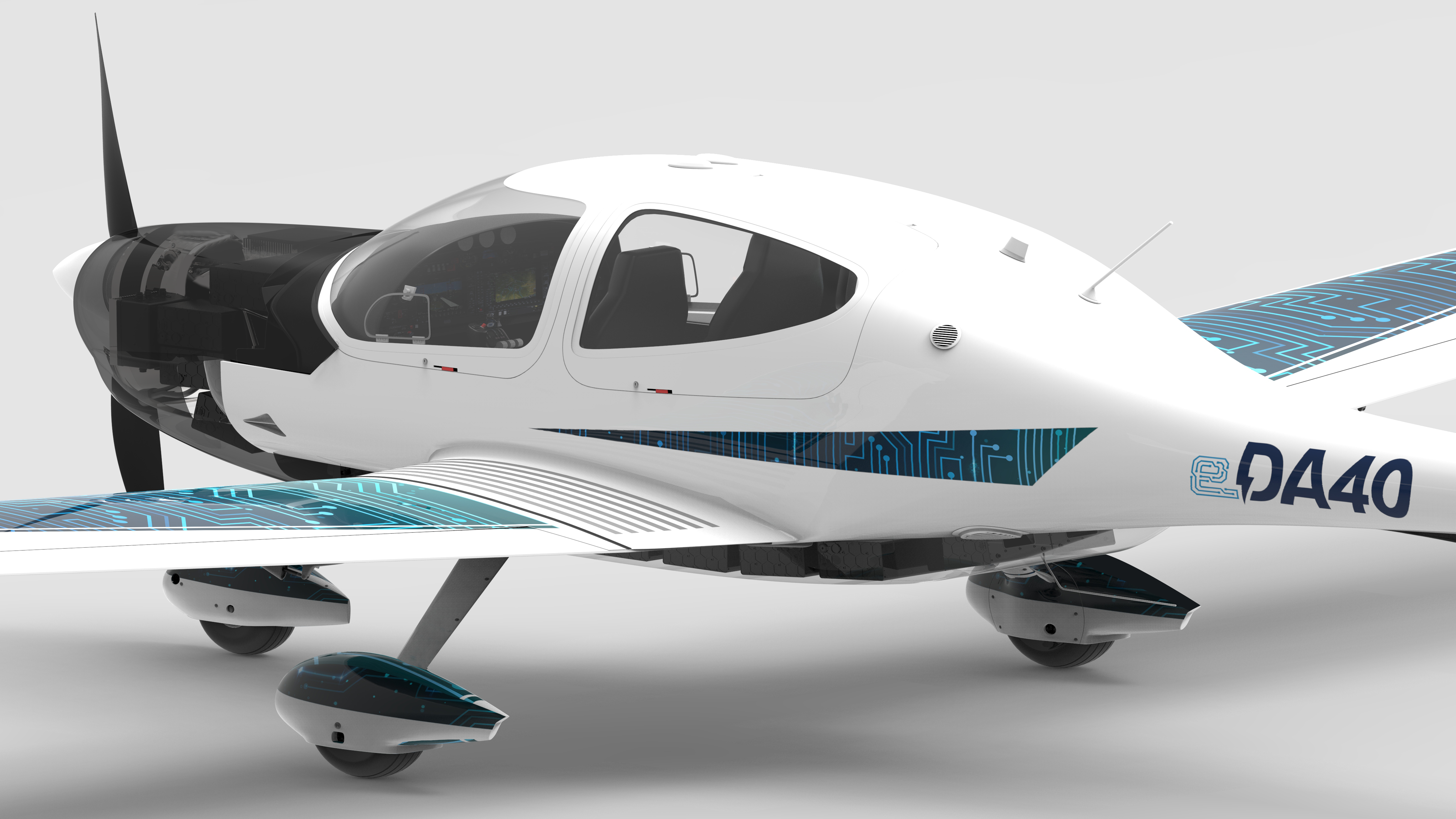Electric flight presents a promising avenue for reducing emissions in the aviation industry, but it faces significant drawbacks. Current battery technologies have limited energy density, resulting in restricted flight range and payload capacity. Moreover, establishing an efficient recharging infrastructure is challenging and time-consuming, hindering widespread adoption. The weight of batteries also impacts aircraft performance and efficiency.
The aviation industry needs to address these challenges to unlock the full potential of electric flight. Research and innovation should focus on improving battery technology to enhance energy density and overall efficiency. This may include using superconductors or novel battery materials. Additionally, investments in developing a robust recharging infrastructure are essential for supporting the growth of electric aviation. Although engine generators can be 95% efficient in regenerative power, it is still not enough for long flights. Better generator technology as well as other ways to recharge batteries in flight must be added to make battery powered flight feasible.

Furthermore, advancements in lightweight materials and aerodynamics can help mitigate the weight impact of batteries, improving the overall performance of electric aircraft. Reducing development costs through economies of scale and streamlined production processes will make electric flight viable for manufacturers and operators.
By overcoming these obstacles, electric flight can revolutionize air travel, significantly reducing the aviation sector’s environmental footprint and paving the way for a greener and more sustainable future. Despite current challenges, batteries in aviation could be the next step in zero emission flight.
